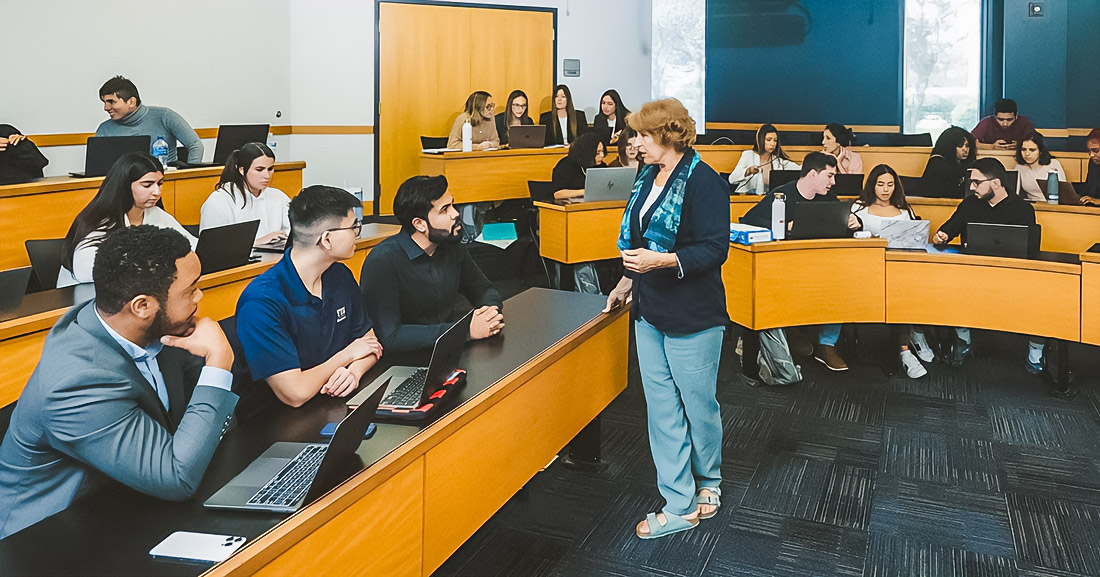
Biometric security is an integral part of the modern technological landscape. In a world where protection data and verification identity become priority tasks, biometric systems, developed for the usage of unique physiological and behavioral characteristics person, play a key role. From the recognition of fingerprints and faces to the analysis of iris eye and voice commands, these systems provide high-level protection and convenience at all levels. For those who are interested in developing a career in the field of security and management, there exist many cyber security diploma UAE certifications.
Current technologies: numbers and successes
- Recognition fingerprints: Daily millions people use this technology for unlocking devices. Optical, ultrasonic, and capacitive sensors collect and analyze data, creating a unique digital template.
- Recognition faces: Over last five years this direction grew by 15%, becoming standard in video surveillance and unlocking personal devices.
- Analysis iris: Technology, initially used in government institutions, is now applied in smart gadgets, providing unrivaled accuracy.
- Voice authentication: Algorithms processing voice analyze the height, timbre, and rhythm of more than 5000 users daily, offering highly accurate solutions.
Advantages and challenges: statistics and examples
- High level security: Biometric data almost impossible forge. Studies show that risk compromise is 50% lower compared to traditional passwords.
- Convenience usage: According to surveys, 75% of users prefer to use biometrics instead of PIN codes.
- Hacking and forgery: Known cases when hackers copied fingerprints using smart technologies, showing that challenges still exist.
- False positives: In critically important applications probability error must be minimized. Modern algorithms err less than in 2% of cases.
Privacy and data security: modern methods protection
One main task is protecting biometric data. Procedures, such as encryption and decentralized storage, are used to minimize risks. For example, more than 60% of companies already switched to secure servers for the storage of biometric data in order to guarantee their security from unauthorized access. More about this can be learned on page Wikipedia about biometrics.
Legal aspects: global standards and regional initiatives
Regulation usage biometric data varies across the world. For example, the European GDPR focuses on the protection of personal data, whereas the USA operates a law on privacy biometric information that has been introduced in more than seven states. It is expected that in the near years, the legal framework will tighten, offering more detailed norms and rights to users. More about regulations can read on site Ministry education UAE.
Future biometric systems: look into tomorrow day
Expected that biometric technologies will be integrated with artificial intelligence. This opens new opportunities, including more accurate ways of identification and new methods, such as analysis of gait or heart rhythm. These innovations will make authentication more reliable and convenient, expanding field application biometric systems.
Biometric security occupies an important place in structure information protection. It is not only relevant but also necessary for ensuring personal security and safety data in our rapidly developing world. Using a balanced approach and compliance with legal requirements will ensure the effective and ethical use of these technologies.